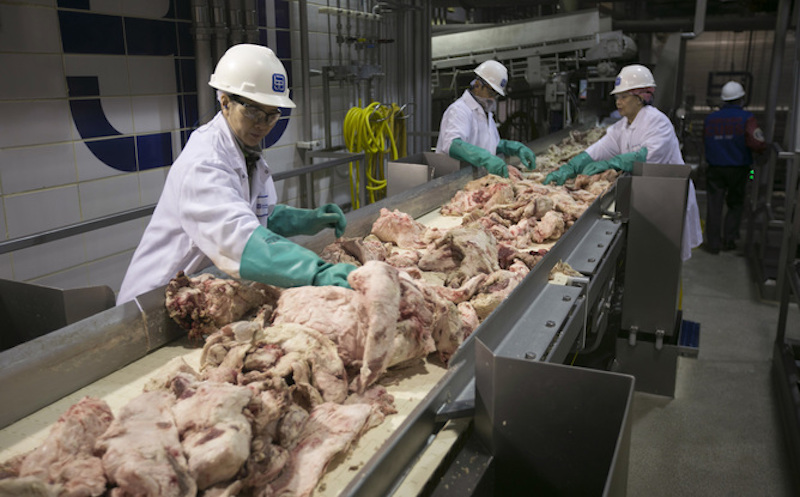Americans often boast about the cheapness of their food. Here in the U.S., we spend less on food than any other country in the world (about six percent of our budget, on average). Even other first-world countries—like most European countries—devote more than twice the amount to food spending that we do.
Login to read more
Sign in or create a free account to access Subscriber-only content.
Topics:
